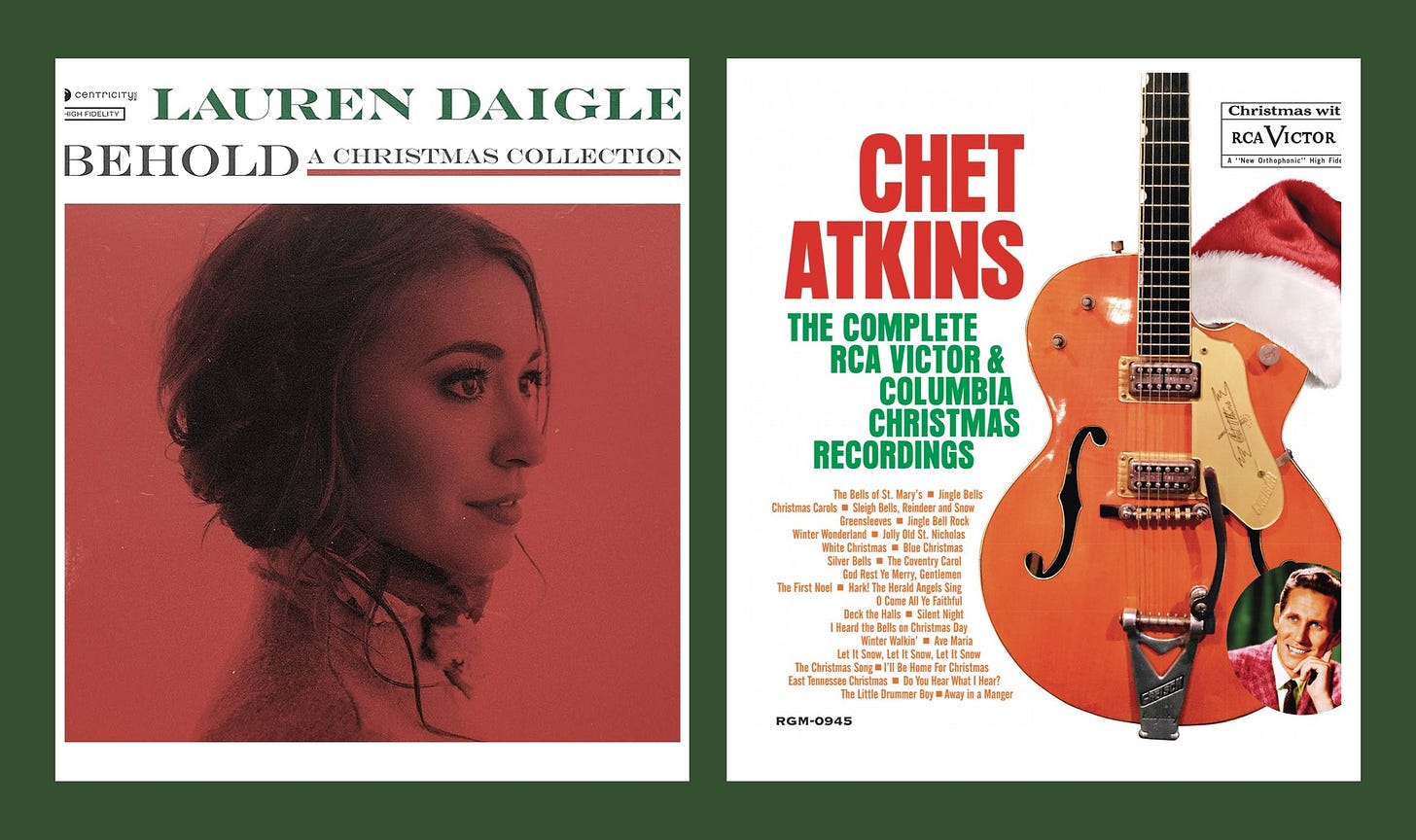Judging by the typical holiday playlist, an alien might reasonably conclude that humans stopped trying to record great Christmas music roughly fifty years ago. As nice and nostalgic as it is to listen to the same old recordings year after year, it’s also nice—on the rare occasion that something measures up to the likes of Bing Crosby, Elvis, and Vince G…
Keep reading with a 7-day free trial
Subscribe to The Objective Standard to keep reading this post and get 7 days of free access to the full post archives.


